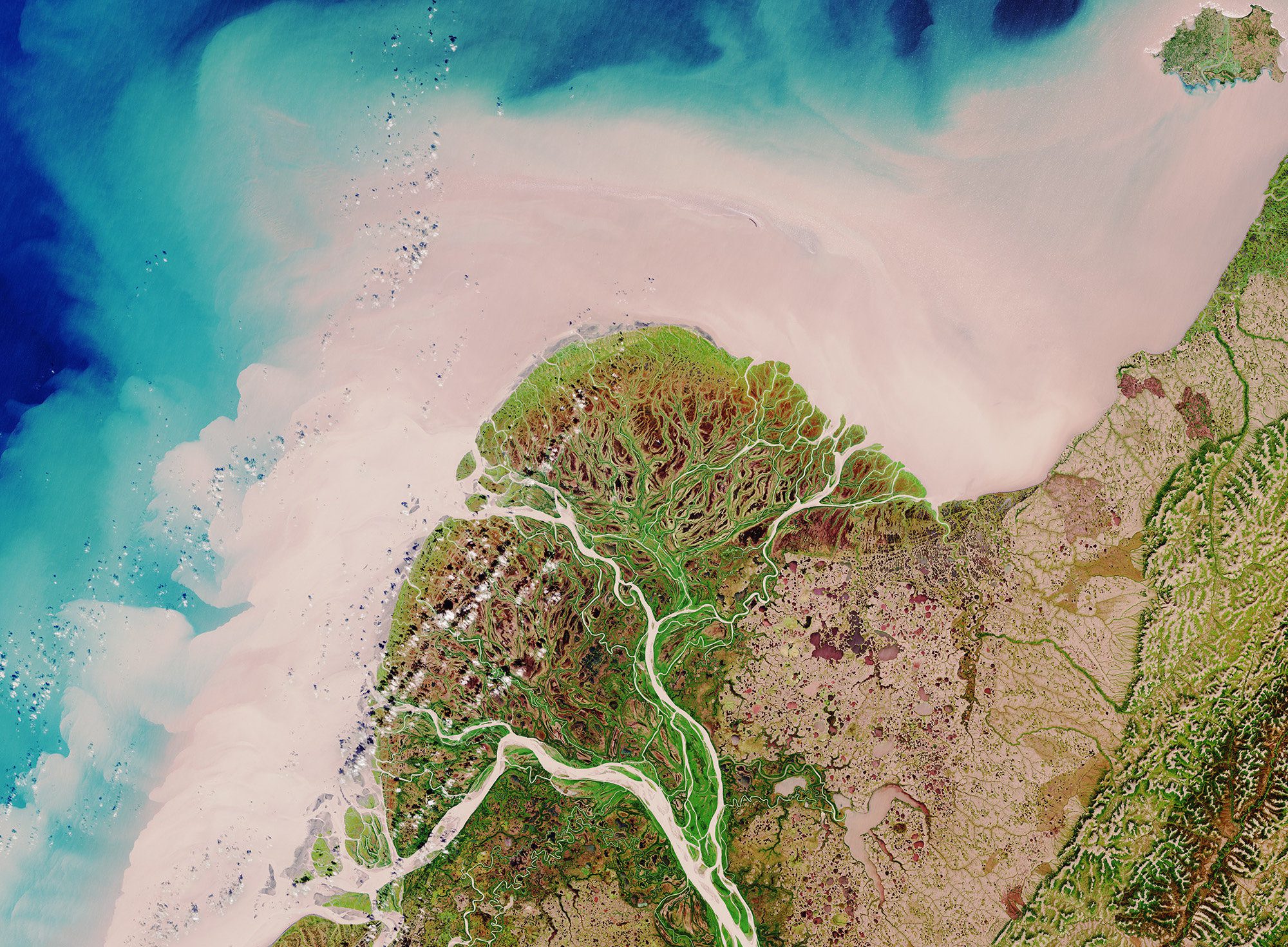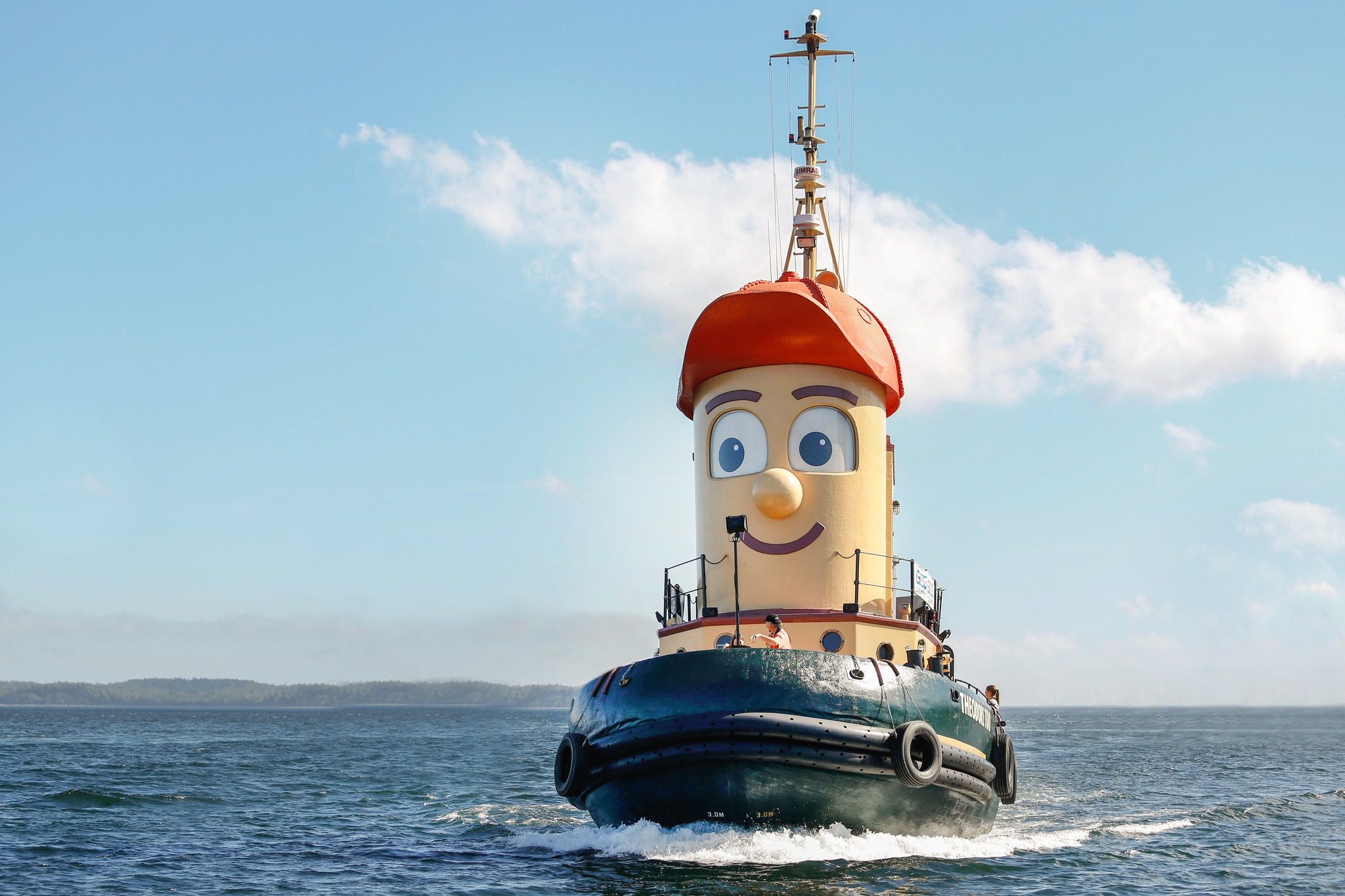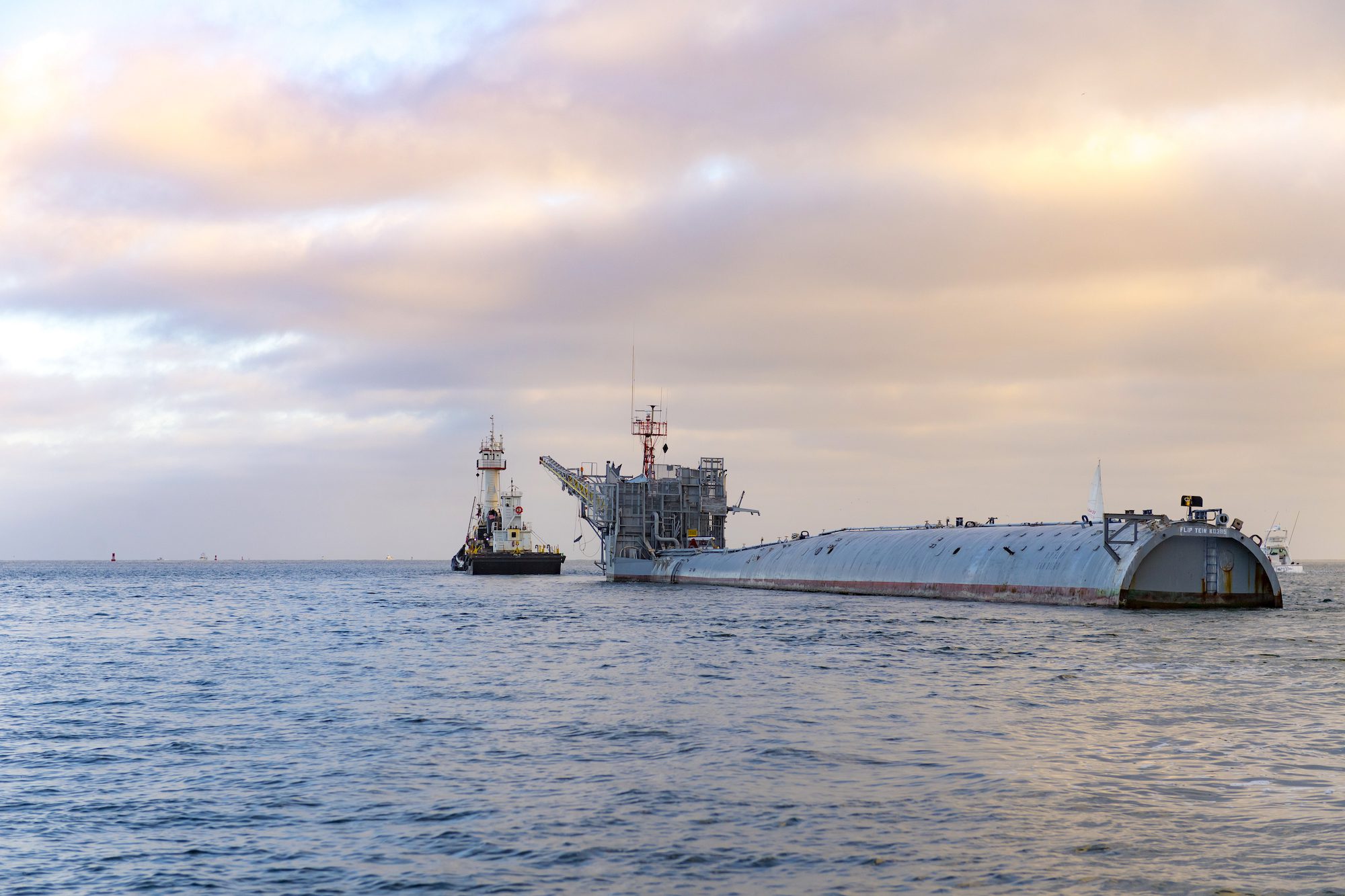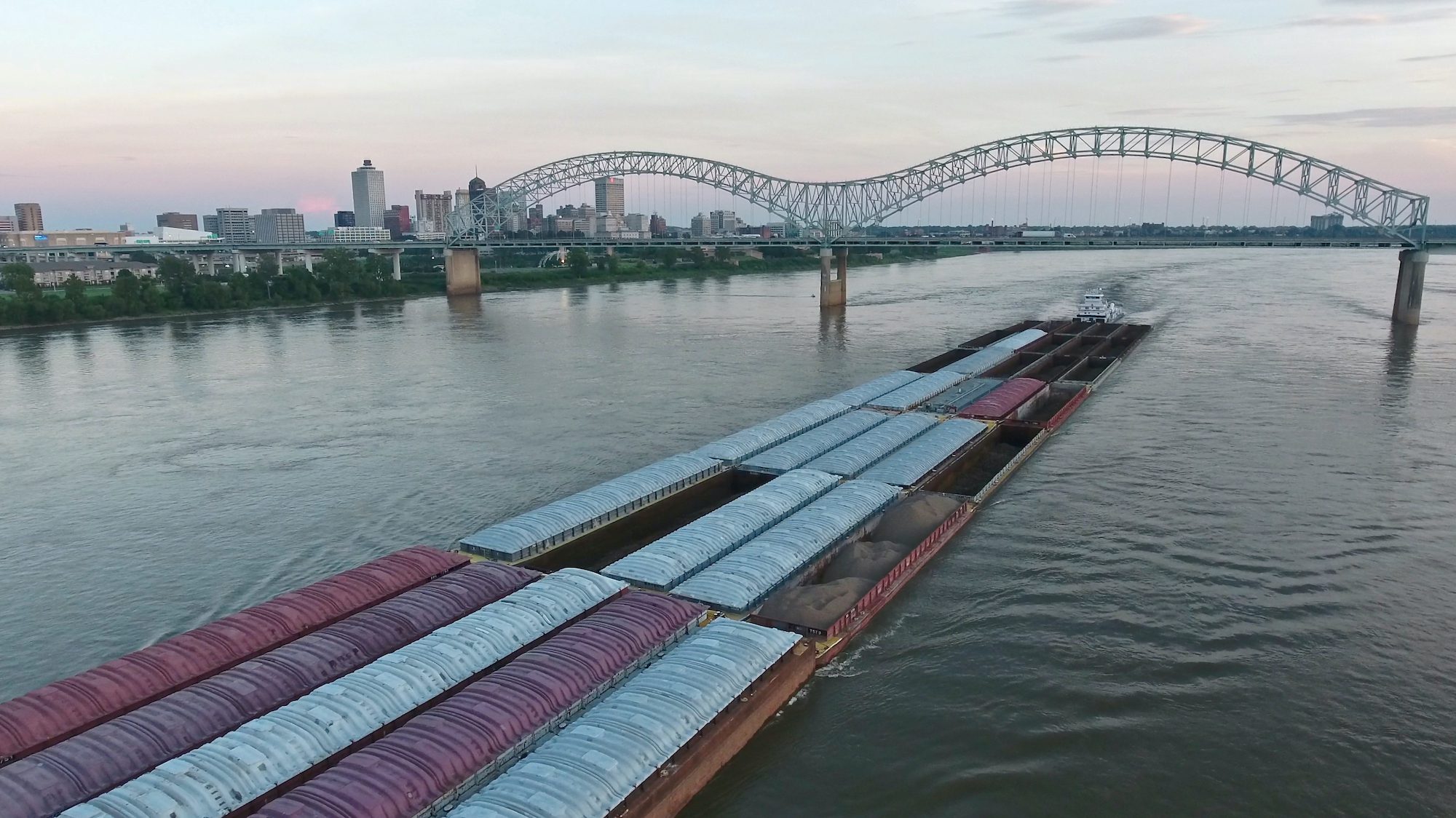File Photo
By Michael Carr – “Let’s stab her into the bank and wait for morning,” the tug’s Captain finally said.
“Thank God. Thank you Captain,” said the Chief Mate. They had been trying for several hours to push their 400 ft. barge loaded with equipment and vehicles bound for a fish camp, up the Yukon River at night. All they were accomplishing was running up on mud banks and into shallow water.
It is difficult to tell when you have gone aground in the Yukon River delta. The river bottom, it’s shoals, and banks are all composed of glacial ooze and viscous sediment. At night, with few visual references, you can be aground for many minutes before you realize you are not moving.
You stop engines, back up a few hundred yards and try a slightly different direction. There are no buoys or markers. Locals stab dead tree trunks into new shoals and shallows, but these have no markings, so you don’t know if should leave them to port or starboard.
They had entered the mouth of the Yukon River, coming in from the Bering Sea, twelve hours previously, and had been struggling to make progress up river ever since. Waiting for daylight to enter the river’s confusing mouth was not an option. A gale was blowing in the Bering Sea, and they had no place to hide.
It seemed the weather in the Bering Sea was always testing them. Gale winds, high seas, rain, fog, cold, all working together to foster fatigue and that 1000-yard stare. When coffee not longer brings a resurgence of focus, you know nature is winning.
Stabbing the tug and barge into the river bank, allowing them to could grab a few hours of rest, and maybe some sleep, was a godsend.
Soon the sun rose over vast expanse of the Yukon River Delta, a gray rainy dawn illuminating a gray sediment filled river and gray muddy riverbanks. Short and scrawny Aspen and Birch trees covered the delta’s flat expanse. There were no other vessels in sight, no buildings, and no sounds other than wind and rain. They could easily be on Mars, thought the Chief Mate.
Soon the Captain appeared on the bridge and began making calls on the ship’s satellite phone and radio. They needed to locate a slough off the Yukon River, which lead to the Fish Camp. Without markers and only the vague outlines of the river, provided by NOAA chart 16240, local knowledge was essential.
After many phone and radio conversations, and back and forth discussions, they had “precise” directions; go upstream another 2 miles, give or take, and then look for a break in the right, or south river bank, and go down that slough. Stay in the middle, if you can, but you might have to back and fill, and you might find deeper water on the east side, and then after about a mile, give or take, you should see some buildings on the west side. That is where we need you to unload.
It took all morning to make the two miles, bumping from bank to bank, backing then coming ahead. They placed the 400 ft. barge on the tug’s nose, since towing upstream was not possible. A crewmember with a radio stood on the barge’s bow and provided distances and descriptions of conditions. “Looks like I can see the bottom again skipper, I think we are aground” was a common communication.
Finally a break in the south bank appeared and they diverted from the river into the slough. It was only 200 feet wide, leaving very little room on either side of the barge; you could almost reach out and touch the trees and brush. There would barely be room to turn around after they unloaded cargo, and backing out seemed a dubious option.
Buildings appeared off their starboard bow, and they could see a couple of workers standing on the bank. “Ok, finally, we are here, lets get these vehicles and this cargo off the barge” thought the Chief Mate.
But here was the problem; there was no pier, or solid vertical bank to pull alongside. There was only the soft, crumbling and unstable riverbank, filled with scraggly trees and brush. How were they to drive a forklift, front-end loader, and pallets of supplies off the barge?
When they rammed the barge into riverbank there was still a five-foot gap between the barge’s gunwhale and the bank. And they could not use the edge of the bank for support because it immediately crumbled under the slightest weight. Only when they were six or more feet back from the edge of the bank did it begin to support weight.
The tug’s crew stood on the barge’s gunwhale, looking across this small but significant gap, at the workers from the Fish Camp. They had to devise a plan.
Quickly it became clear to the tug’s crew the Camp workers had no plan or resources for bridging the gap, it was up to them. If you work on a tug in Alaska you never go anywhere without a plethora of dunnage. Not cheap pine, but solid oak. Thick 2” planks, solid 4 x 4 beams, and 8 x 8 beams.
Mariners must also be carpenters and there was no time to spare, they began dragging beams and planks to the edge of the barge, found the shortest distance across, and tested the bank for it’s strongest point. Then they build a bridge. They needed to get this cargo unloaded and move back down river and out to sea.
There was no watch standing or “crew rest” now. All hands were on deck dragging lumber and building the bridge. Only the tug’s Skipper stayed onboard, manning the bridge and keeping the tug clutched into forward, pressed against the riverbank.
In a few hours a sturdy bridge was built and now they had to choose who would drive the front-end loader, the heavies piece of equipment, off the barge and across the home made bridge onto “hard” ground. If the bridge failed or shifted the front-end loader would likely fall into the gap between the barge and bank, and surely disappear into the primordial ooze. Never to be seen again.
“Ok, fuck it, I will drive it,” said the Chief Mate. What a way to die he thought, crushed by a font end loader in the Yukon mud. “I don’t remember being taught this in Chief Mate School” he said to the skipper. “Is this an STCW skill?” he added.
He climbed into the front end loader’s cab, fired up the diesel, messed with the controls, bucket up, bucket tilted in. Test the steering, brake, gas. He revved the engine a few times. All tie downs are off. He backed and filled a few times to ensure the beast would move.
“OK Skipper, I am ready to go. Once I start across I am not stopping, lets do this.” He took one last look around. Here he was in the vast Yukon River Delta, thousands of miles from civilization, attempting to drive a massive front end loader across an untested wooden bridge, built by exhausted mariners, onto a river bank of unstable glacier ooze. He thought of the movie “Bridge on the River Kwai”, and the line spoken by the Japanese Colonel, ”Do not speak to me of rules! This is war! This is not a game of cricket!”
Yes, this was not cricket. The Chief Mate released the parking break, centered the steering wheel, and pushed down on the accelerator. The front-end loader surged and jerked forward, rumbled over the plank bridge to the sound to creaking wood, and landed on the soft mud riverbank. He did not let up on the accelerator, but continued on, plowing through the underbrush, uprooting the shallow alders and birch trees. Realizing he and the front-end loader had not fallen into the River, he finally stopped, safely away from the crumbling riverbank.
He put on the parking brake, jumped out of the cab, and walked the short distance back to the barge, “Ok” he said to his crew, “Let’s get the rest of this stuff unloaded, time is money, we are burning daylight.” He then went back onboard the tug in search of coffee.

 Join The Club
Join The Club











